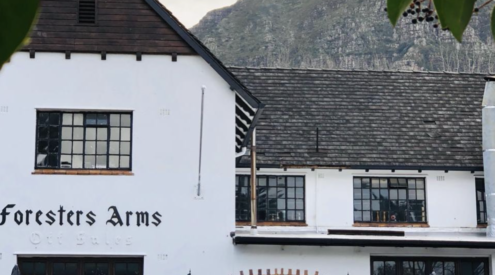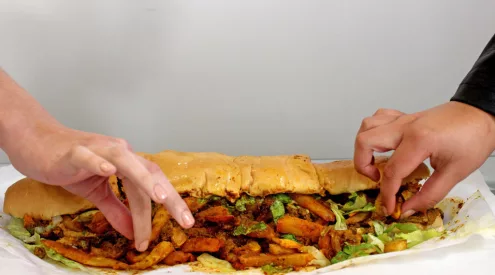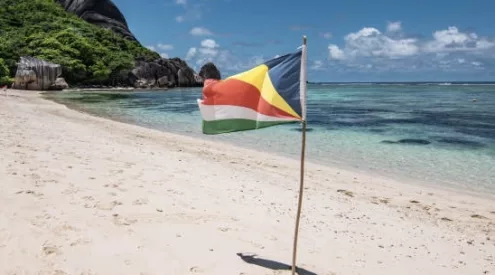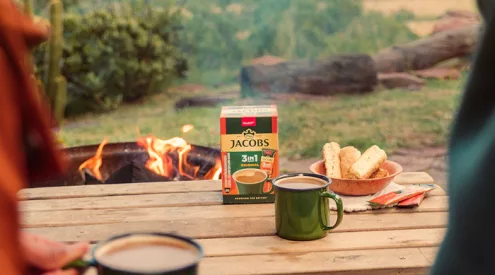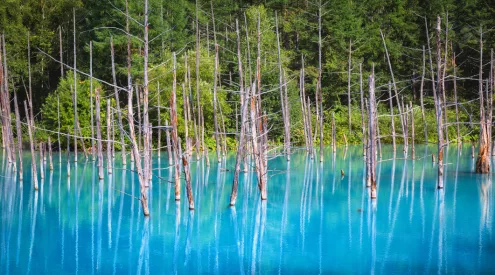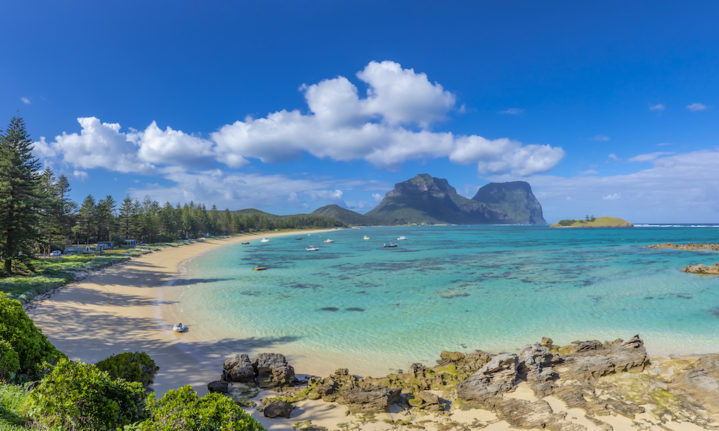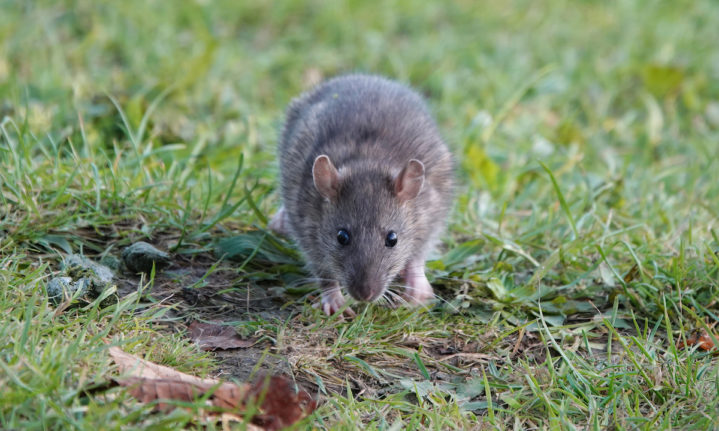The eradication of thousands of invasive rats has seen indigenous animals growing in number on Australia’s Lord Howe Island.
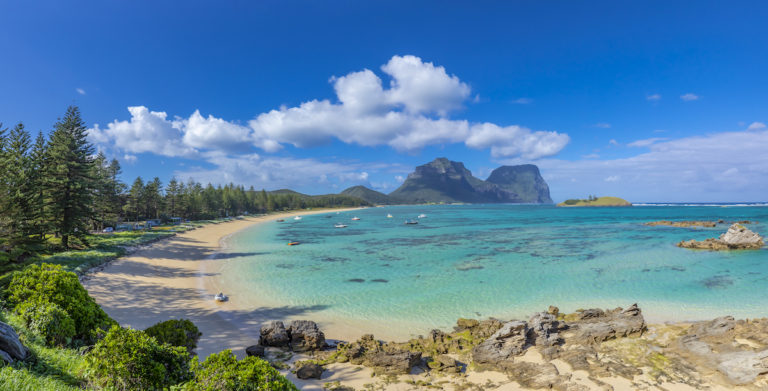
Picture: Getty Images
For the past 100 years, invasive rats have been destroying Lord Howe Island, a UNESCO World Heritage Site, and pushing some animal species to near extinction. They are thought to have come to the island in 1918 and reached up to 210 000 in number.
Other invasive species, such as goats, feral cats and pigs, added to the ecological difficulties, but authorities implemented management controls in 1979 to tackle these creatures.
In 2019, a rat eradication programme was eventually implemented.
Minister for Environment James Griffin told the Sydney Morning Herald that ‘the NSW (New South Wales) government’s rodent control program is a world first for a permanently inhabited island, and the results for the biodiversity on Lord Howe are remarkable.’
The ecosystem is now thriving as indigenous species increase. The population of an extremely rare Australian bird, the Lord Howe Island Woodhen, has increased five-fold since 2019 and doubled in the last year. The wood-feeding cockroach and four snail species, all of which were presumed extinct, have been discovered on the island.
Authorities conduct ongoing monitoring on the island, ‘bringing in rat detection dogs every few months to ensure the unwanted pests are gone.’ The last rat detected was in August 2022.
Follow us on social media for more travel news, inspiration, and guides. You can also tag us to be featured.
TikTok | Instagram | Facebook | Twitter
ALSO READ: Melbourne surpasses Sydney as Australia’s most populous city


